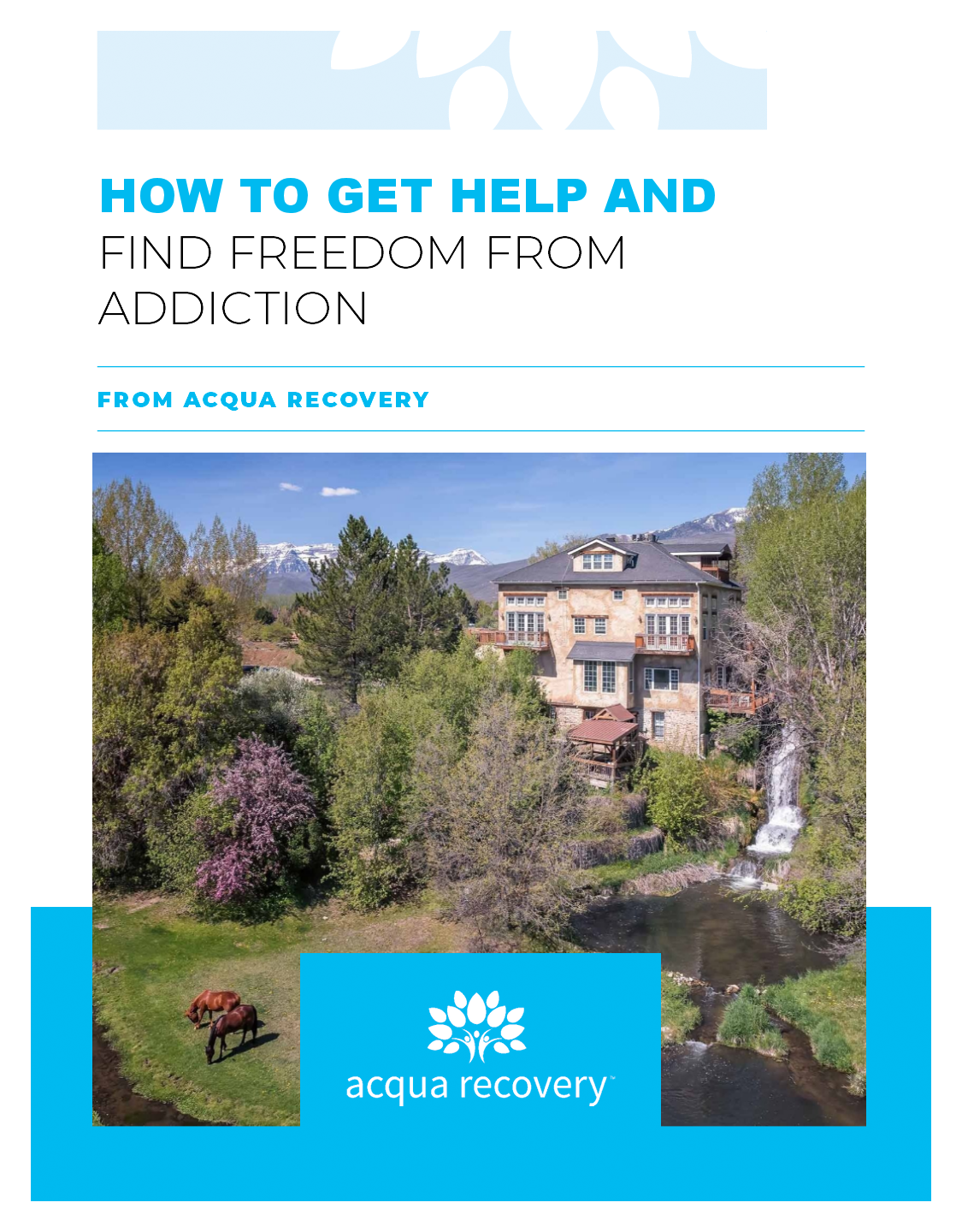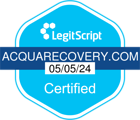ADHD, or Attention Deficit Hyperactivity Disorder, is often thought of as a childhood disorder. However, around 4% of adults also struggle with ADHD. Unfortunately, many adults with ADHD go undiagnosed and untreated, and this can lead to difficulties in daily life and relationships. We discuss the signs and symptoms of untreated ADHD in adults, the diagnosis, and the available treatment options.
What Does ADHD in Adults Look Like?
ADHD in adults may present differently than it does in children. While hyperactivity and impulsivity are more prominent symptoms in children, adults with ADHD tend to exhibit more symptoms of inattention.
Adult ADHD can manifest in various ways, often differing from how it appears in children. Here are some common symptoms:
- Inattention: Difficulty paying attention to details, making careless mistakes, and having trouble staying focused on tasks.
- Disorganization: Poor organizational skills, frequently losing items, and struggling to manage time effectively.
- Impulsivity: Making hasty decisions without considering the consequences, interrupting others, and difficulty waiting for one’s turn.
- Restlessness: Feeling restless, fidgeting, and having trouble sitting still.
- Emotional Concerns: Mood swings, irritability, and difficulty managing stress.
- Hyperfocus: Becoming intensely focused on tasks of interest, often to the detriment of other responsibilities.
- Procrastination: Delaying tasks and needing help to start or complete projects.
- Relationship Issues: Challenges in maintaining personal and professional relationships due to impulsivity and inattentiveness.
What Does Untreated ADHD in Adults Look Like?
Some common signs of untreated ADHD in adults may include:
- Difficulty staying focused or paying attention
- Easily distracted and forgetful
- Disorganized and often losing things
- Struggles with time management and meeting deadlines
- Chronic lateness and poor time management skills
- Restlessness and difficulty sitting still for long periods of time
- Impulsivity and making impulsive decisions without considering the consequences
- Difficulty maintaining relationships due to forgetfulness or lack of attentiveness
It’s important to note that these symptoms can vary from person to person and may not always be obvious. Additionally, many adults with untreated ADHD have developed coping mechanisms over the years that may mask some of these symptoms.
What Happens if ADHD Goes Untreated in Adults?

Untreated ADHD in adults can have a significant impact on daily life and overall well-being. Some potential consequences of untreated ADHD may include:
- Difficulty maintaining employment or job performance issues
- Financial struggles due to impulsivity and poor money management skills
- Relationship difficulties due to forgetfulness, lack of attentiveness, and impulsivity
- Higher risk for substance abuse and addiction as a way to cope with symptoms
- Increased risk for mental health issues such as anxiety and depression
If left untreated, ADHD can also lead to chronic stress, low self-esteem, and feelings of frustration or inadequacy.
What are the Consequences if ADHD Goes Untreated in Adults?
Untreated ADHD in adults can lead to a variety of challenges and outcomes. Here are some of the consequences:
- Cognitive and Behavioral Issues: Adults with untreated ADHD often experience inattention, hyperactivity, impulsivity, memory issues, and poor time management.
- Emotional and Mental Health: There is a higher risk of depression, anxiety, mood swings, and low self-esteem.
- Relationship Problems: Untreated ADHD can cause significant hurdles in personal relationships, leading to higher rates of divorce and social difficulties.
- Work and Financial Instability: Poor work performance, job instability, and financial problems are common among adults with untreated ADHD.
- Substance Use and Risky Behaviors: There is an increased likelihood of substance use and engaging in risky behaviors.
- Overall Health: Untreated ADHD can lead to a higher mortality rate and poorer overall health outcomes.
Addressing ADHD through proper diagnosis and treatment can significantly improve the quality of life and reduce these risks.
Does Untreated ADHD Get Worse with Age?
It is a common misconception that ADHD symptoms improve with age. In reality, untreated ADHD can worsen over time if left unaddressed. As adults take on more responsibilities and face new challenges, the symptoms of ADHD may become more pronounced and can lead to increased stress and difficulties managing daily tasks.
Additionally, without proper treatment and coping mechanisms, adults with ADHD may struggle to adapt to changing routines and environments as they age. Furthermore, as individuals with untreated ADHD reach middle age and beyond, they may also develop other health issues like high blood pressure and heart disease due to chronic stress and impulsivity.
What Does Severe ADHD Feel Like?
Severe ADHD can have a significant impact on daily life and can be very challenging for the individual experiencing it. Some experiences of severe ADHD may include:
- Feeling constantly overwhelmed and unable to focus on tasks
- Difficulty completing even simple tasks due to distractibility and impulsivity
- Struggling with time management and feeling like there is never enough time in the day
- Impulsively making decisions that lead to negative consequences or regret
- Feeling restless, fidgety, and unable to sit still for long periods
The severity of ADHD symptoms can also vary from person to person. Some individuals may only experience mild symptoms; others may have more severe symptoms that significantly impact their daily functioning.
What is the Burnout Cycle of ADHD?
The burnout cycle of ADHD typically involves a pattern where individuals with ADHD overcommit and overextend themselves, leading to physical, mental, and emotional exhaustion. This cycle often starts with a commitment to complete tasks or responsibilities, driven by a desire to meet expectations or achieve goals. However, due to the challenges associated with ADHD, such as difficulties with organization, time management, and sustained attention, these individuals may struggle to keep up with their commitments.
As the stress and pressure build up, they may experience increasing fatigue and frustration, eventually leading to burnout and this state of burnout is characterized by a significant drop in energy, motivation, and overall well-being. After reaching this point, individuals may need a period of recovery before they can start the cycle again.
The burnout cycle of ADHD can also be described as a cycle of hyperfocus and then crash. Hyperfocus is the state in which individuals with ADHD become intensely interested and focused on a particular task or project, often to the detriment of other responsibilities. While in this state, they may feel energized and motivated, leading them to take on more tasks and commitments.
However, once the intense focus fades or they encounter difficulties completing their tasks, they may crash into a state of exhaustion and burnout. This pattern can repeat itself over time.
Managing ADHD symptoms through proper treatment and coping strategies can help break this cycle and prevent burnout. In addition, setting realistic expectations and boundaries can also help prevent the burnout cycle from occurring. Additionally, seeking support from loved ones, therapists, or support groups can also be beneficial in managing the challenges of ADHD and preventing burnout. Ultimately, it is important for individuals with ADHD to prioritize self-care and find a balance that works for them to avoid falling into the burnout cycle. Overall, it is crucial for individuals with ADHD to recognize their limits and needs to maintain their mental and emotional well-being.
How Can Adults Get an ADHD Diagnosis?
Getting an ADHD diagnosis as an adult involves several steps. Here’s a general outline of the process:
- Self-Assessment: Start by reflecting on your symptoms. Adult ADHD symptoms include difficulty focusing, disorganization, impulsivity, and problems with time management.
- Primary Care Physician: Schedule an appointment with your primary care physician. They can provide an initial assessment and refer you to a specialist if necessary.
- Specialist Referral: You may be referred to a psychologist, psychiatrist, or neurologist who specializes in ADHD.
- Comprehensive Evaluation: The specialist will conduct a thorough evaluation, which may include:
- A detailed interview about your symptoms, medical history, and family history.
- Questionnaires or rating scales to assess ADHD symptoms.
- Input from family members or close friends about your behavior and symptoms.
- Possible cognitive or psychological tests to rule out other conditions.
- Diagnosis: Based on the evaluation, the specialist will determine if you meet the criteria for ADHD as outlined in the DSM-5 (Diagnostic and Statistical Manual of Mental Disorders).
- Treatment Plan: If diagnosed, the specialist will discuss mental health treatment options: medication, therapy, lifestyle changes, or a combination.
It’s important to seek professional help if you suspect you have ADHD, as proper diagnosis and treatment can significantly improve your quality of life.
How is ADHD treated?
ADHD is treated through a combination of medication, therapy, and lifestyle changes. The most common form of treatment is stimulant medication, such as Adderall or Ritalin, which can help improve focus and reduce impulsivity. Non-stimulant medications may also be prescribed in some cases.
Therapy, such as cognitive-behavioral therapy (CBT) or psychotherapy, can also be beneficial in helping individuals with ADHD develop coping strategies and manage symptoms. This type of therapy can also address any underlying mental health issues that may co-occur with ADHD.
In addition to medication and therapy, making lifestyle changes can also impact the management of ADHD. These may include:
- Establishing a consistent routine and schedule.
- Breaking tasks into smaller, manageable chunks.
- Setting realistic goals and expectations for oneself.
- Implementing organization strategies, such as using planners or reminders.
- Engaging in regular physical exercise to help reduce symptoms of restlessness.
The Common Approaches Utilized to Treat ADHD
- Medication: Stimulants are the most common type of medication used to treat ADHD. Non-stimulant medications are also available for those who may not respond well to stimulants.
- Behavioral Therapy: This includes behavior modification techniques, social skills training, and support groups.
- Counseling: Psychological counseling can help individuals manage symptoms and develop coping strategies.
- Education and Skills Training: This involves teaching organizational skills, time management, and other techniques to help manage daily tasks.
- Lifestyle Changes: Regular exercise, a healthy diet, and sufficient sleep can help manage ADHD symptoms.
Dual Diagnosis Treatment at Acqua Recovery in Utah

Acqua Recovery is a dual diagnosis treatment center in Utah that specializes in treating individuals who struggle with mental health and substance abuse disorders. Their comprehensive approach to treatment includes evidence-based therapies, individualized care plans, and various activities to promote physical and emotional well-being.
For individuals with ADHD who are also struggling with addiction or other mental health issues, Acqua Recovery’s dual diagnosis program can provide specialized support and resources to address both conditions simultaneously. This integrated approach can help individuals better understand the connection between their ADHD symptoms and substance use, as well as develop healthy coping mechanisms for managing both.
In addition to traditional therapy methods, Acqua Recovery offers experiential therapy to promote self-discovery, relaxation, and personal growth. They also provide aftercare services and support to help individuals maintain their progress after leaving the program.
If you or a loved one are struggling with ADHD and co-occurring disorders, seeking professional treatment at a dual diagnosis center like Acqua Recovery can be life-changing. Don’t hesitate; start your journey towards healing and recovery. Remember, recovery is possible with support and resources. You don’t have to face these challenges alone. Contact us today to begin.











